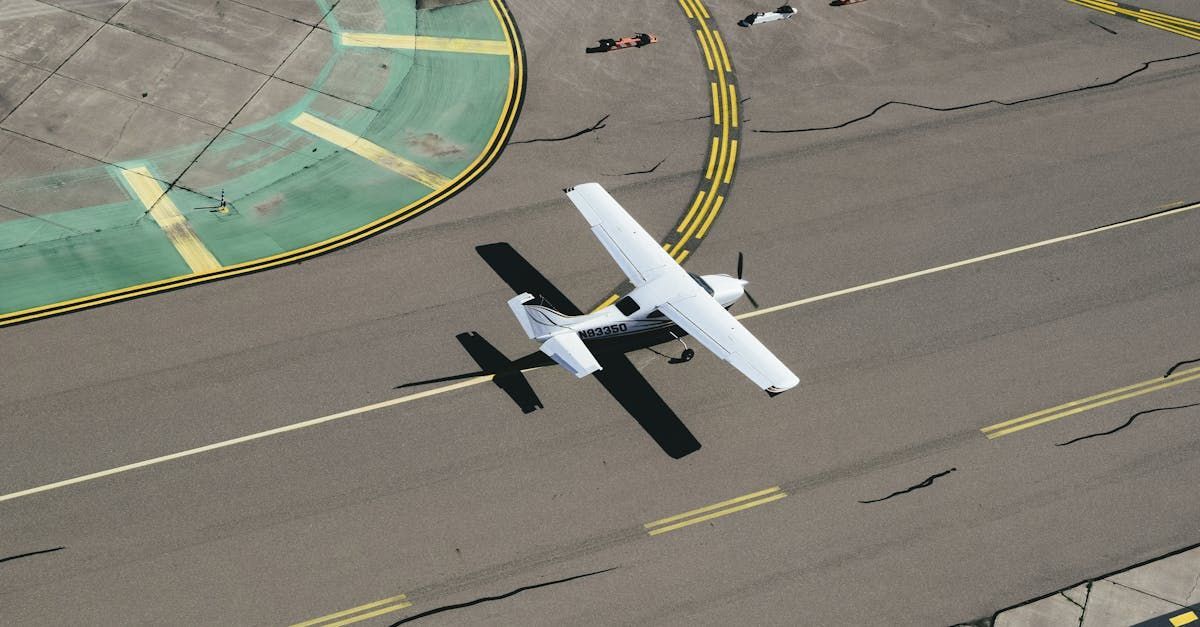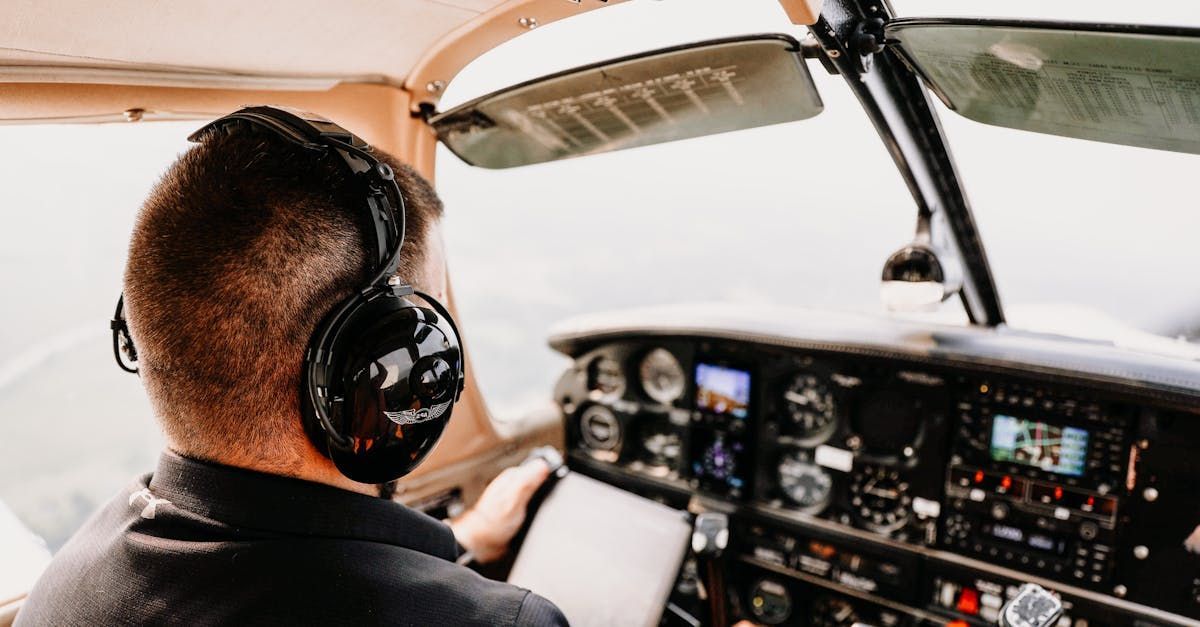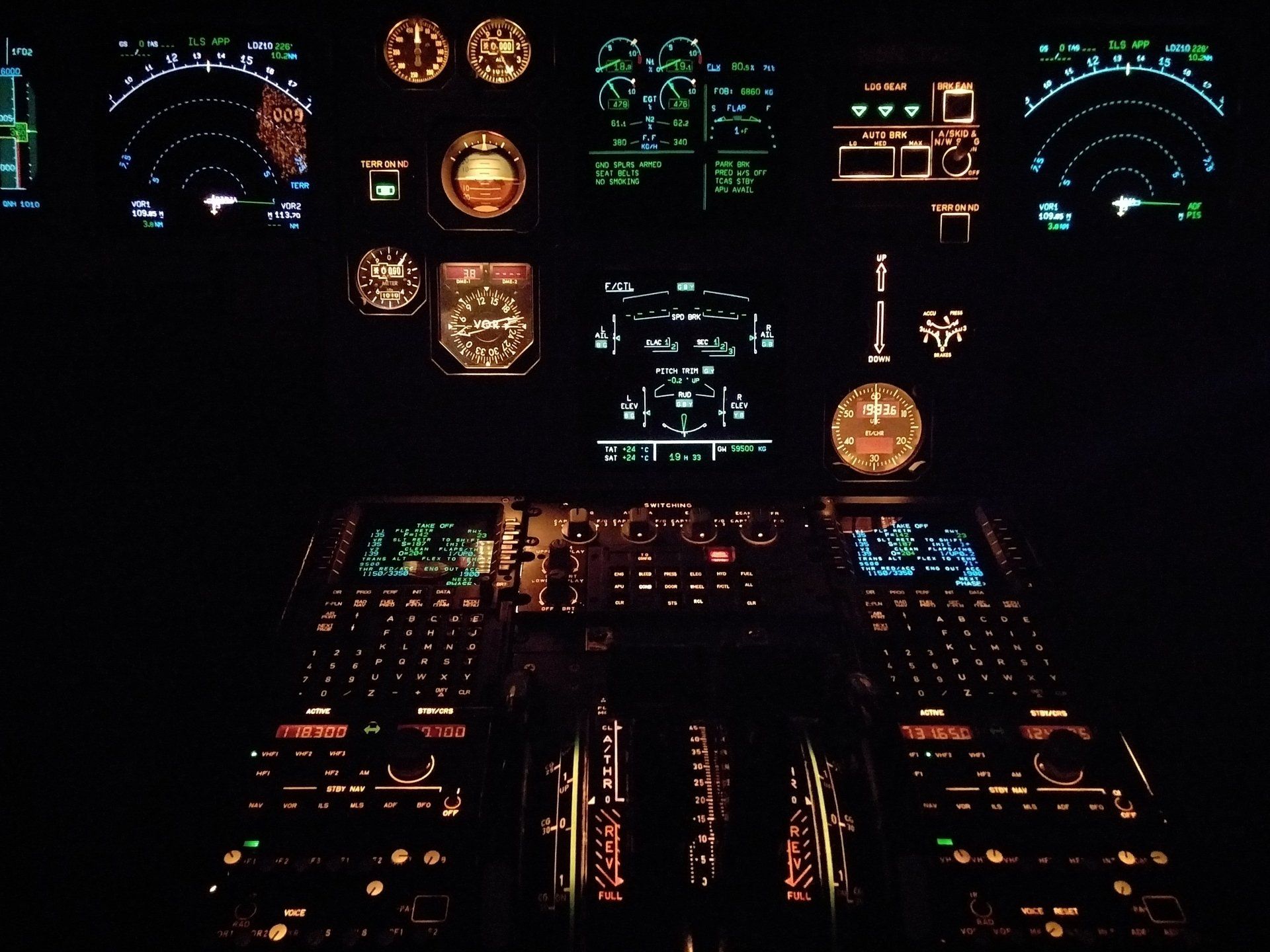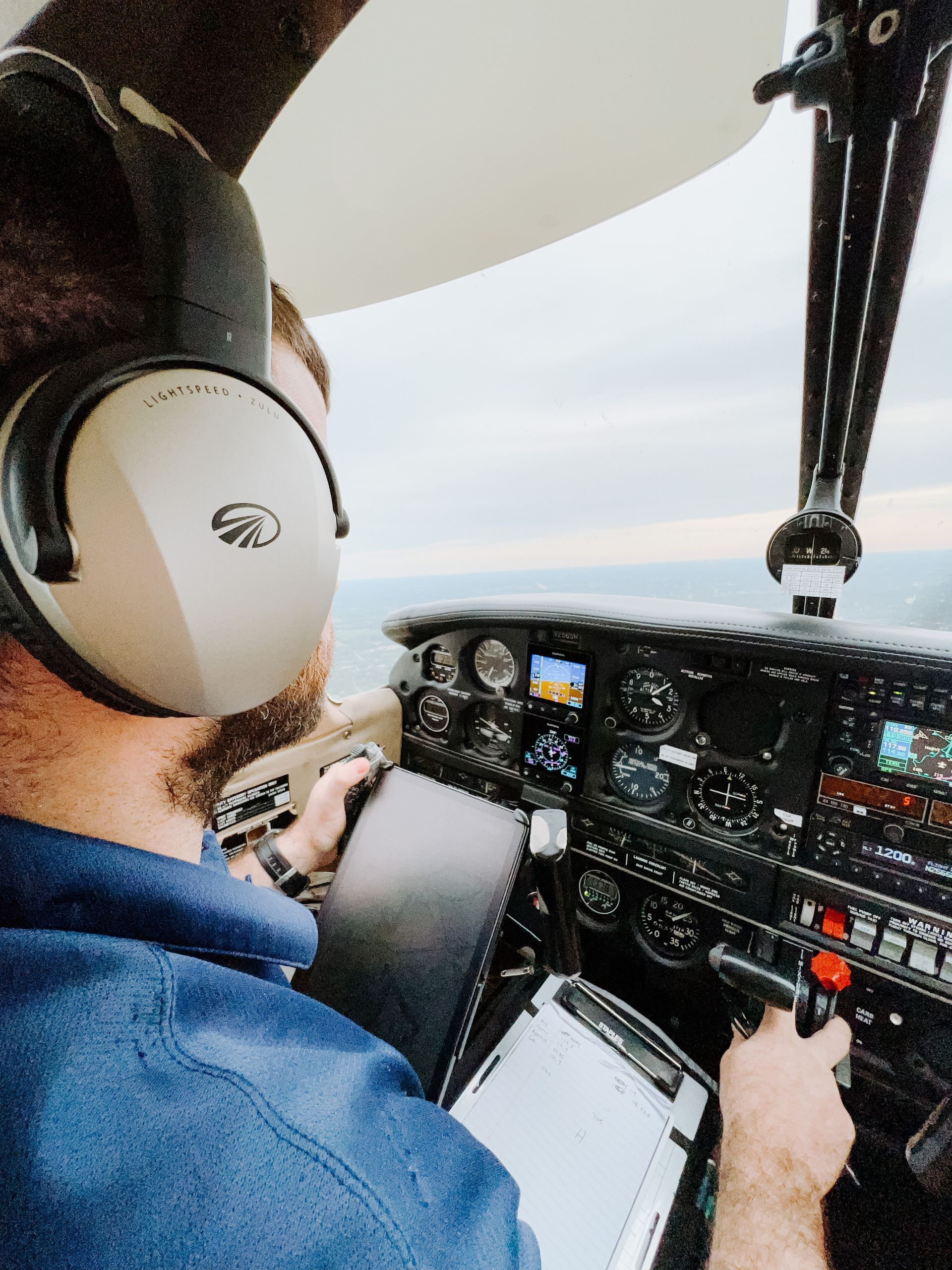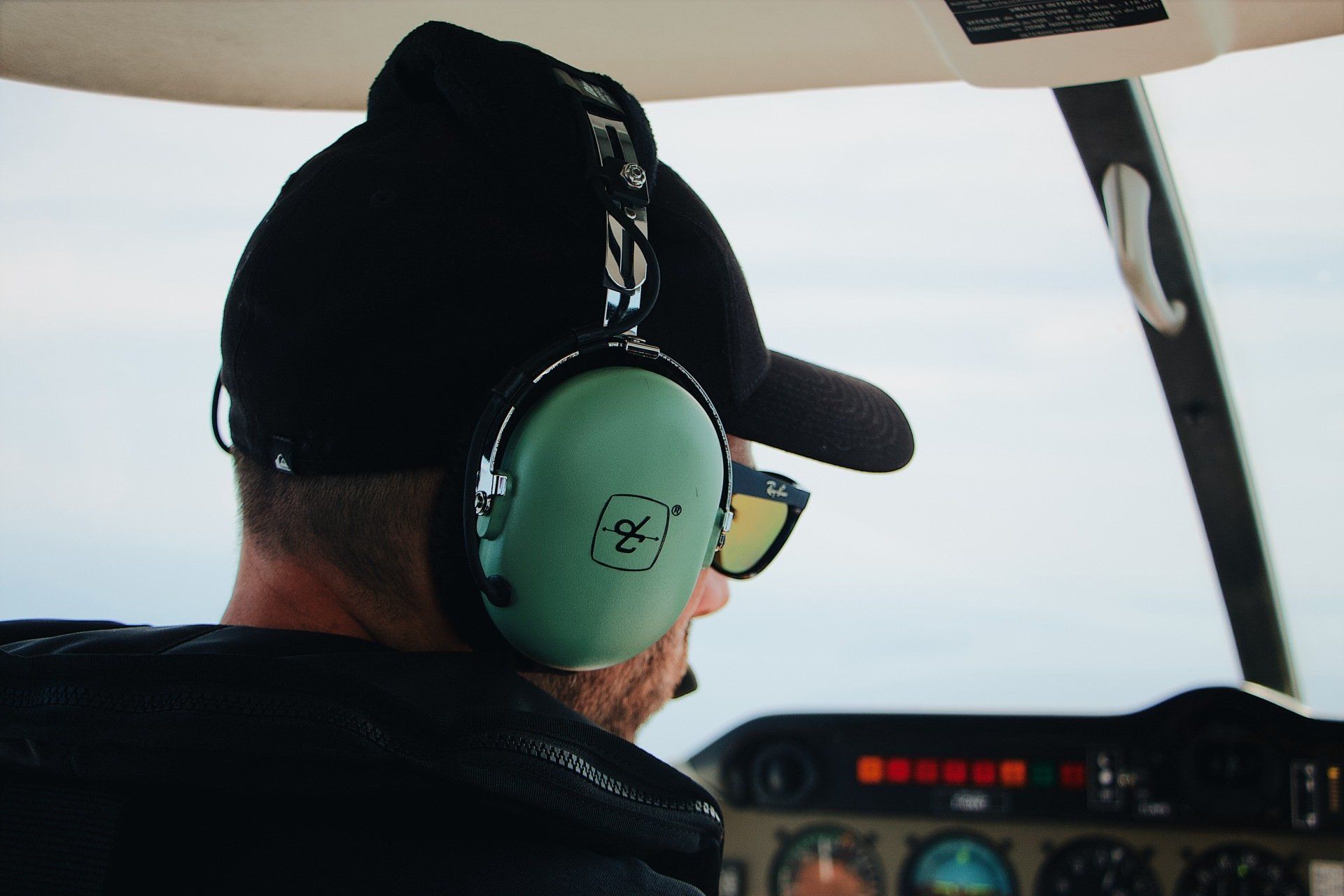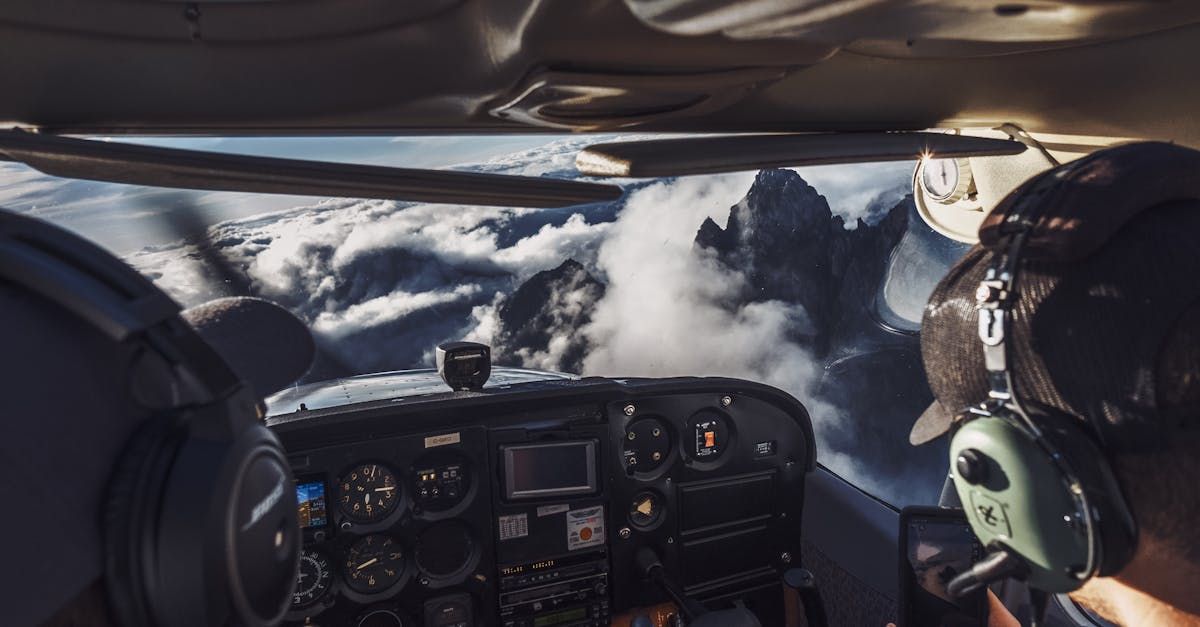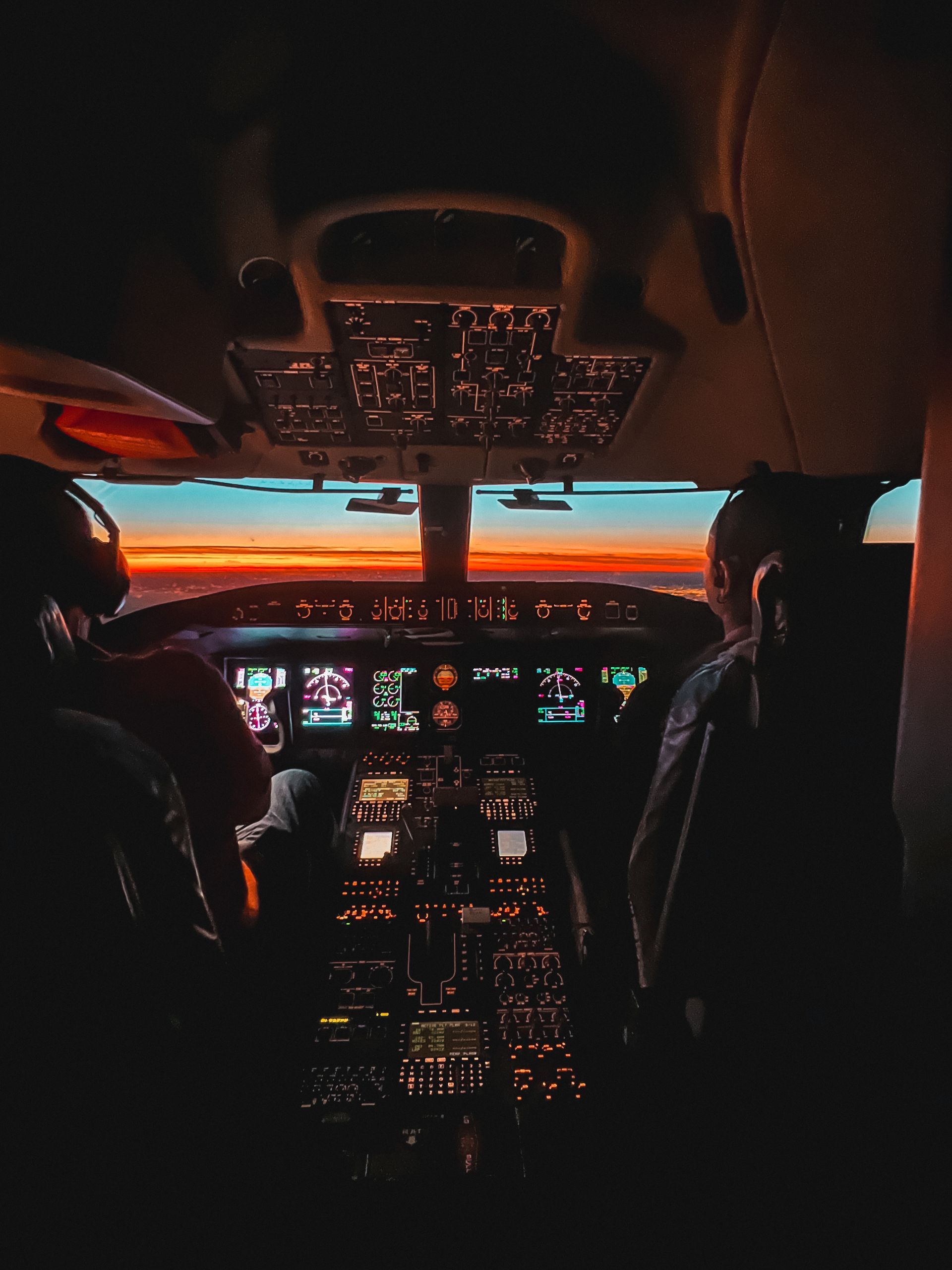Essential Checklist for Prospective Flight Students
Transitioning from Ground to Sky
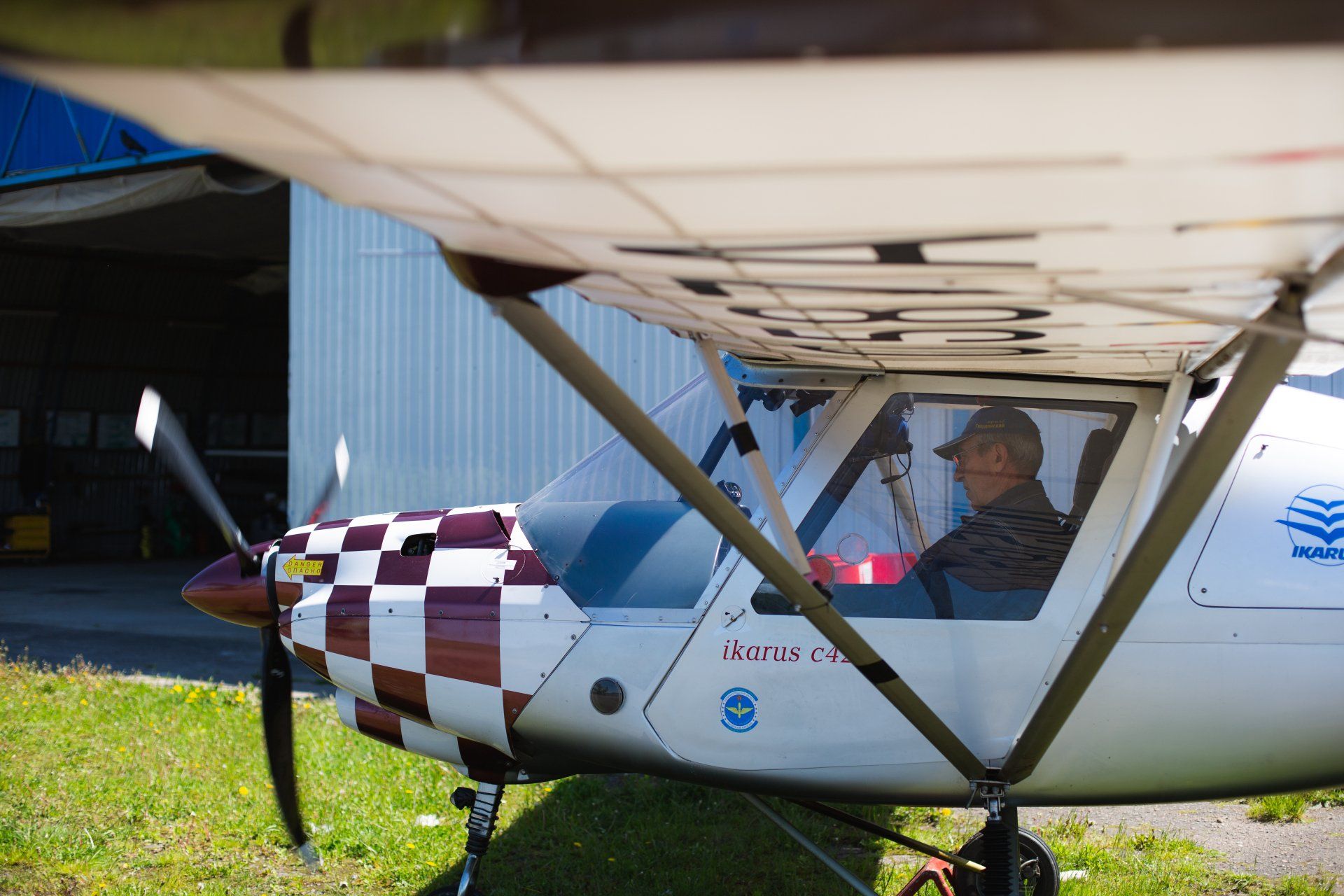
Embarking on the journey from aspiring aviator to accomplished pilot is exhilarating, but it requires careful planning and consideration. Prospective flight students must navigate a host of decisions and preparations before their dreams can take flight. Here is an essential checklist to help you transition from ground to sky smoothly and successfully.
1. Determine Your Aviation Goals
Before anything else, you need to identify why you want to fly. Is it for personal enjoyment, a stepping stone to a career in aviation, or perhaps for a specific job such as crop dusting or rescue services? Your goal will influence the type of certification you'll need, whether it's a Private Pilot License (PPL), Commercial Pilot License (CPL), or Airline Transport Pilot License (ATPL).
2. Research Potential Flight Schools
Examining various flight schools is crucial in finding the right fit. Look for schools with accreditation, and assess their facilities, fleet, and instructors' credentials. Would you prefer a large, university-affiliated program, or a smaller, more personalised flight academy? Additionally, consider whether the school is situated in an area conducive to year-round training to maximise flying days.
3. Understand the Financial Commitment
Flying isn't a low-budget endeavor, so you must be clear on the costs involved. This includes tuition, flight hours, equipment, insurance, and examination fees. Seek financial advice and explore funding options such as scholarships, grants, loans, or other financing programs that may be available to aspiring pilots.
4. Obtain an Aviation Medical Certificate
Before you can commence flight training, you must pass an aviation medical exam. This ensures you meet the health and fitness requirements necessary for piloting an aircraft. The class of medical certificate needed may vary based on the type of flying you intend to do, so consult with your flight school or the relevant aviation authority to determine which medical certificate to pursue.
5. Plan Your Time Commitment
Flight training is time-intensive; thus, being realistic about your availability is important. Comprehend the duration of the course and the frequency of flight lessons. Some schools may offer intensive courses that could expedite your training, while others may accommodate part-time students with more flexible scheduling.
6. Familiarise with the Training Curriculum
Understanding the curriculum and what to expect during the training can help set expectations. You'll go through ground school to learn aviation theory, followed by actual flying lessons. Knowing each phase's requirements, from solo flights to cross-country navigation, will prepare you for the challenging yet rewarding training process.
7. Study the Theory Early
Getting ahead on the theoretical knowledge will give you a solid foundation when you begin practical training. Resources such as pilot training manuals, aviation regulations, and aircraft systems can be studied independently before starting formal education.
8. Gear Up with the Right Equipment
Come prepared with the essential flight gear. You'll need items like a headset, watch, flight bag, and navigational tools. While some items might be provided by the flight school, investing in your own equipment that you're comfortable with can be beneficial for your training experience.
9. Stay Physically and Mentally Fit
Piloting an aircraft is both physically and mentally taxing. Regular exercise and healthy living are key to maintaining the stamina needed for flight training. Additionally, ensuring you're mentally prepared through practices like mindfulness or stress management techniques will help you cope with the pressures of flying.
10. Connect with Pilots and Students
Building a network of support and guidance within the aviation community can be invaluable. Join online forums, attend local aviation events, or be part of pilot groups on social media. Gleaning insights from experienced pilots and your peers can help navigate the initial phases of your flight training with confidence.
Transitioning 'From Ground to Sky' requires an organised and proactive approach. By working through this essential checklist, you strengthen your readiness to embark on the transformative journey into the world of aviation. Prepare diligently, and soon you'll spread your wings and embrace the freedom of the skies.


